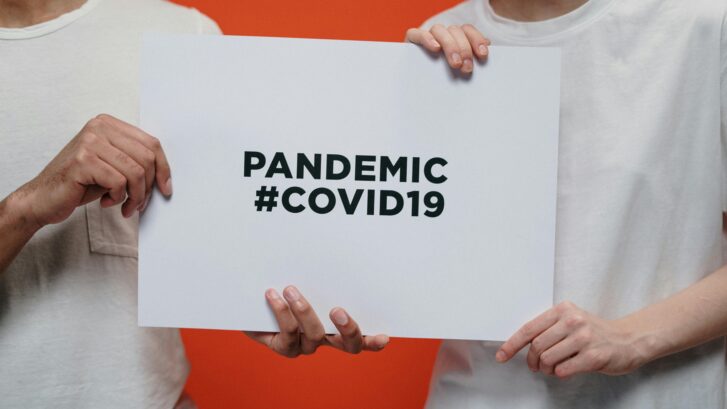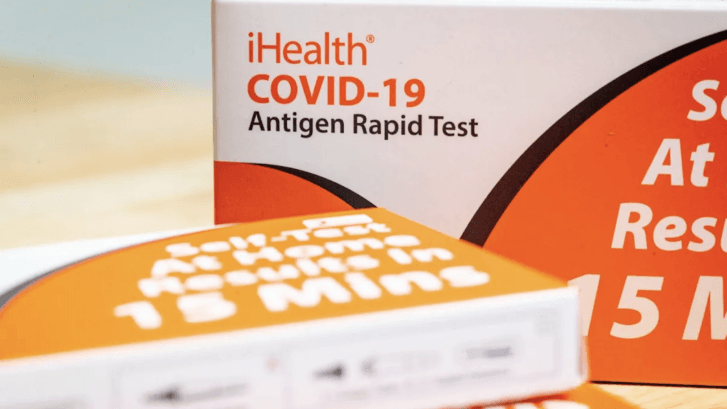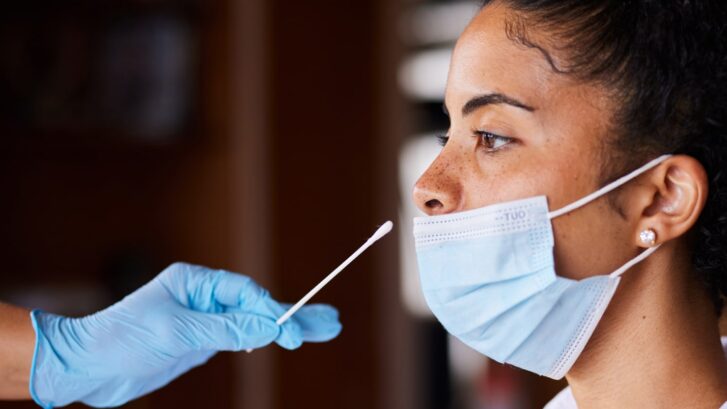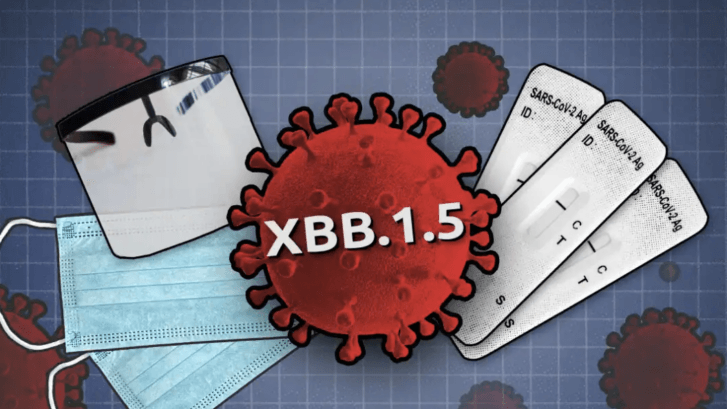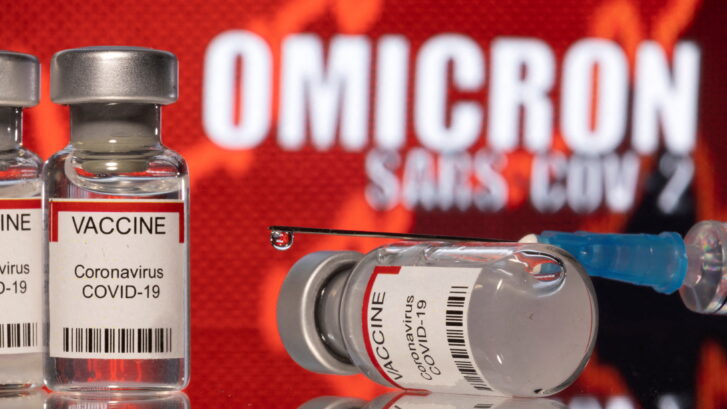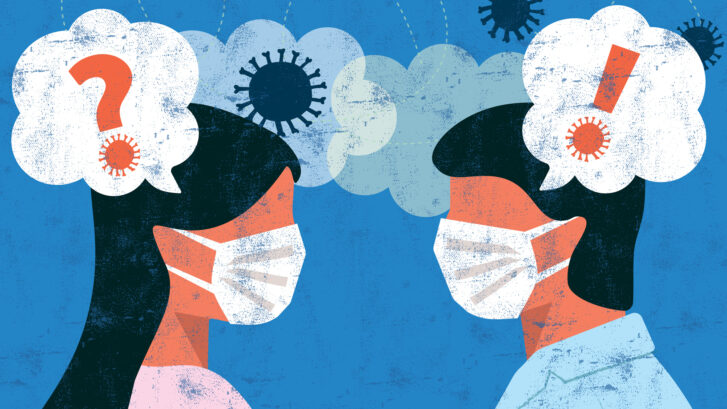The New CDC Guidelines
In a significant turn of events, the U.S. Centers for Disease Control and Prevention (CDC) announced updated isolation guidelines for individuals testing positive for COVID-19. Amid the evolving dynamics of the pandemic, these revised protocols mark a pivotal shift from the agency’s previous guidance, aiming to balance public health safety with the changing realities of the virus’s impact.
The CDC’s latest update provides a more flexible approach to isolation for those who test positive for COVID-19. Under the new guidelines, individuals with mild and improving symptoms are advised they no longer need to isolate for a strict five-day period. Instead, they can return to their regular activities provided they have been fever-free for at least 24 hours without the aid of fever-reducing medications. However, the CDC emphasizes the importance of continued vigilance, recommending that individuals wear masks and maintain distance from others as additional safety measures post-isolation.
Implications of the Updated Guidelines:
This update is a nod to the growing understanding of COVID-19’s transmission and the widespread immunity developed through vaccination or past infections. By adjusting guidelines to reflect these realities, the CDC aims to mitigate the disruption to daily life and the economy. However, these changes have sparked a debate among health experts. While some applaud the flexibility, others express concern that relaxing isolation rules could pose risks, particularly to those more susceptible to severe illness.
Background on CDC’s Evolving Guidance:
The CDC’s isolation guidelines have evolved throughout the pandemic, reflecting the deepening knowledge of the virus’s behavior and transmission. Initially recommending a 10-day isolation period, the agency later reduced this duration to five days for asymptomatic individuals or those with brief illnesses. This progression underscores the agency’s commitment to adapt its recommendations based on emerging evidence, which suggests that individuals are most infectious in the days surrounding symptom onset.
What Stays the Same:
Despite the relaxed rules for the general public, the CDC has made no changes to its isolation guidelines for high-risk settings, such as nursing homes and healthcare facilities. The agency maintains strict protocols in these environments to protect vulnerable populations from the virus.
Prevention is Still Key:
The CDC continues to stress the importance of preventative measures to curb the spread of COVID-19. Vaccination, handwashing, and improving indoor air quality with fresh outdoor air are crucial steps everyone should take to protect themselves and others. While the isolation guidelines have been updated, the overarching message remains clear: prevention is paramount.
Conclusion:
The CDC’s updated isolation guidelines represent an adaptive response to the current state of the COVID-19 pandemic. By allowing people with mild symptoms to resume normal activities sooner, the agency acknowledges the balance between reducing transmission risk and recognizing the public’s accumulated immunity. However, the emphasis on precautionary measures remains, highlighting the ongoing need for vigilance in the face of a virus that continues to evolve.
As we navigate these changes, staying informed and adhering to public health recommendations is essential. By doing so, we can protect not only ourselves but also those around us, particularly the most vulnerable among us.
For the most accurate and up-to-date information, visit the CDC’s website. Stay informed, stay safe, and together, we can continue to adapt to this ever-changing pandemic landscape.

